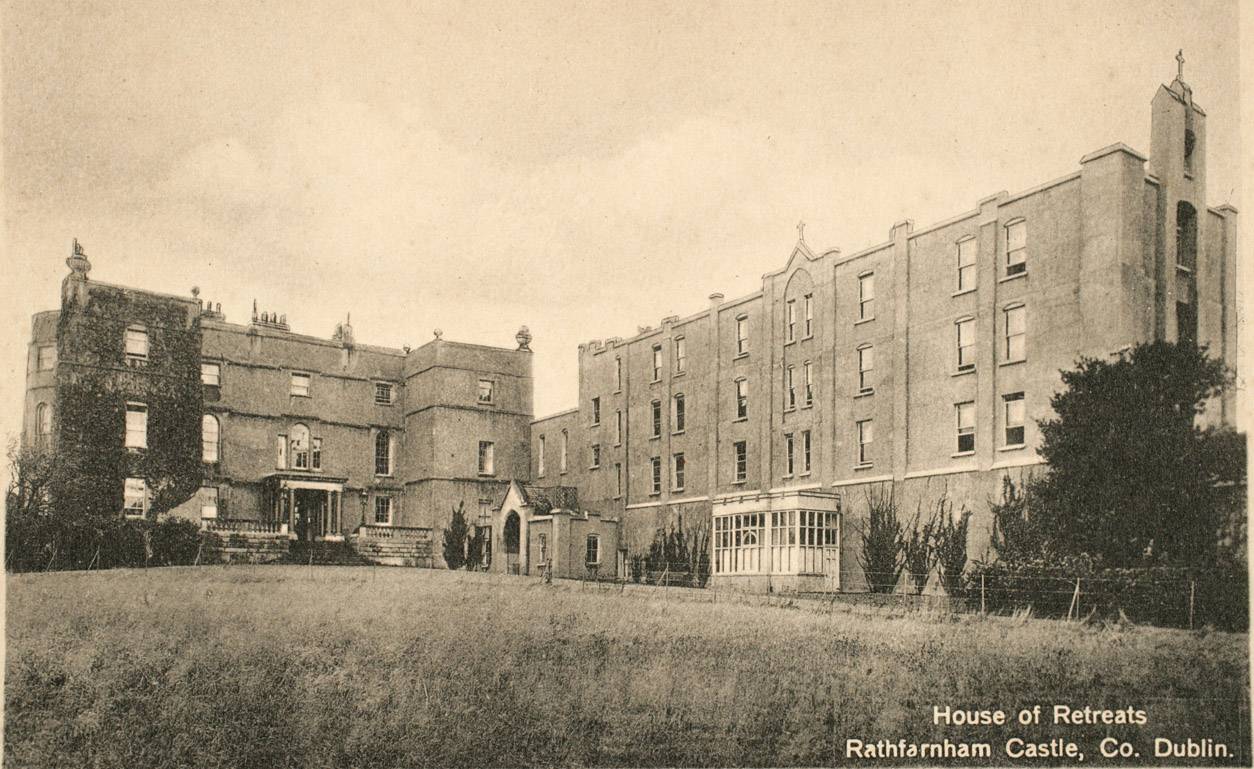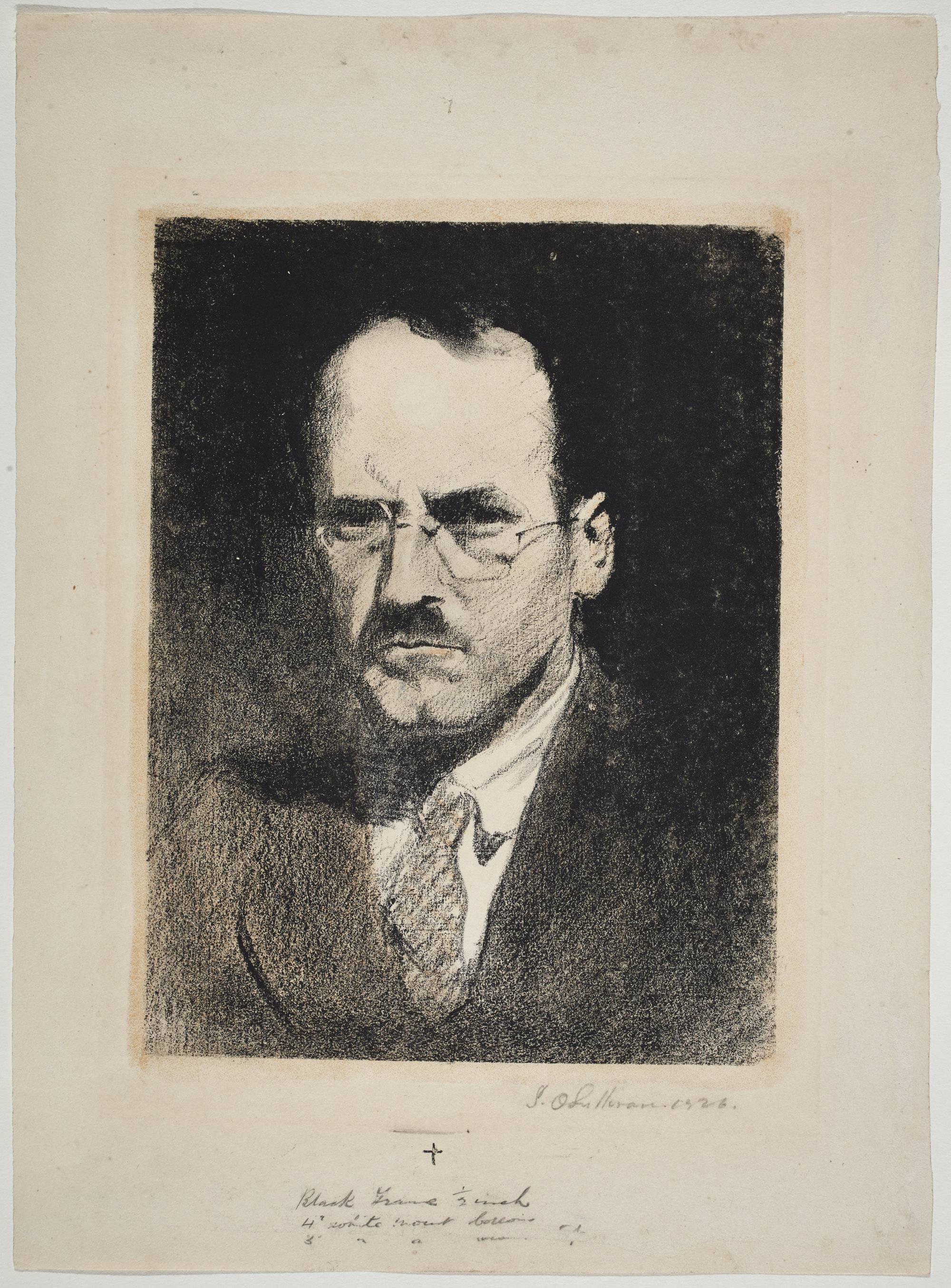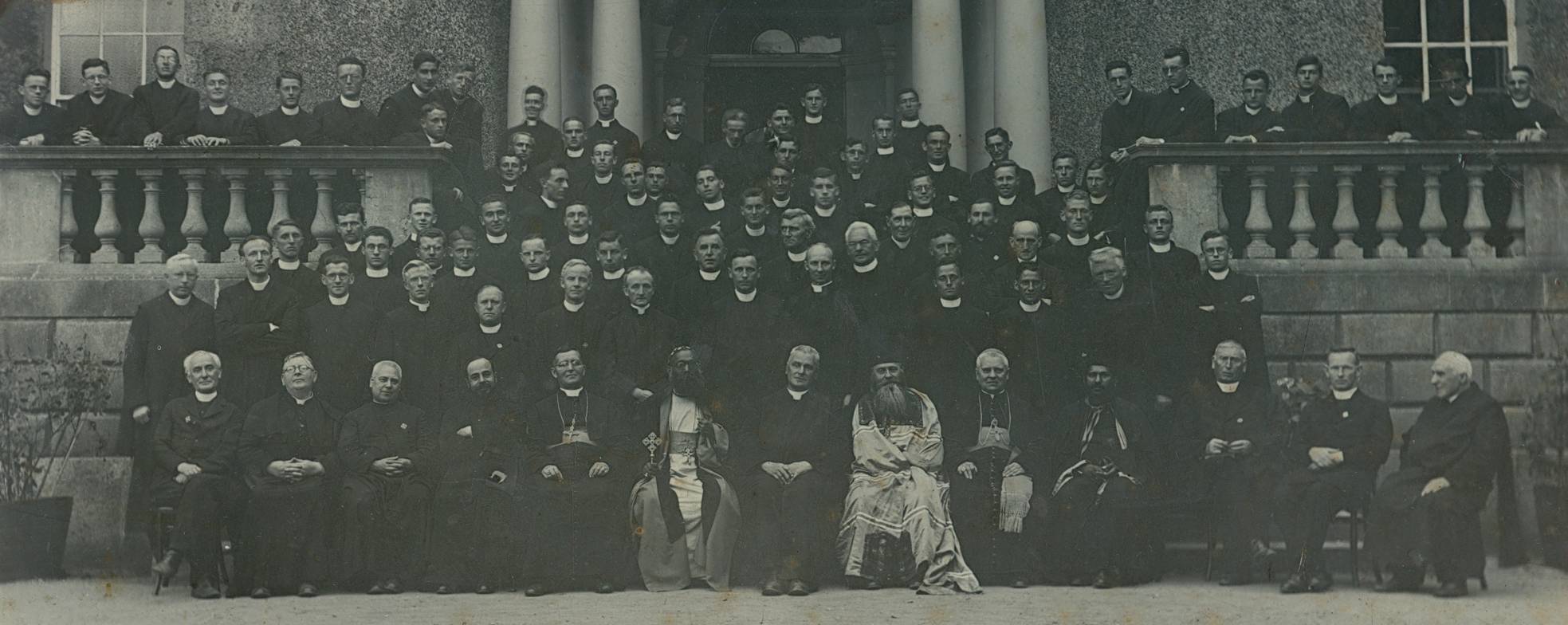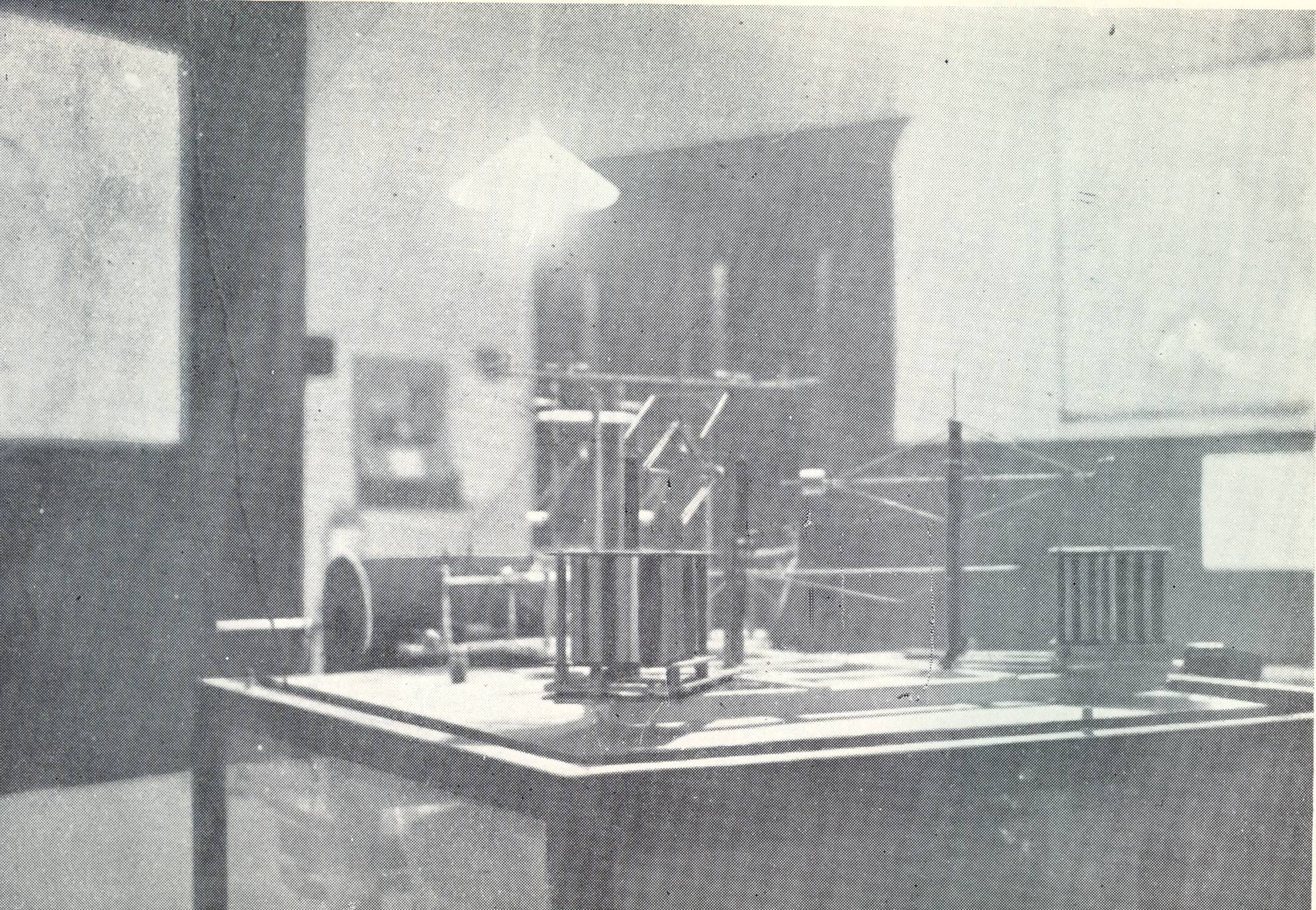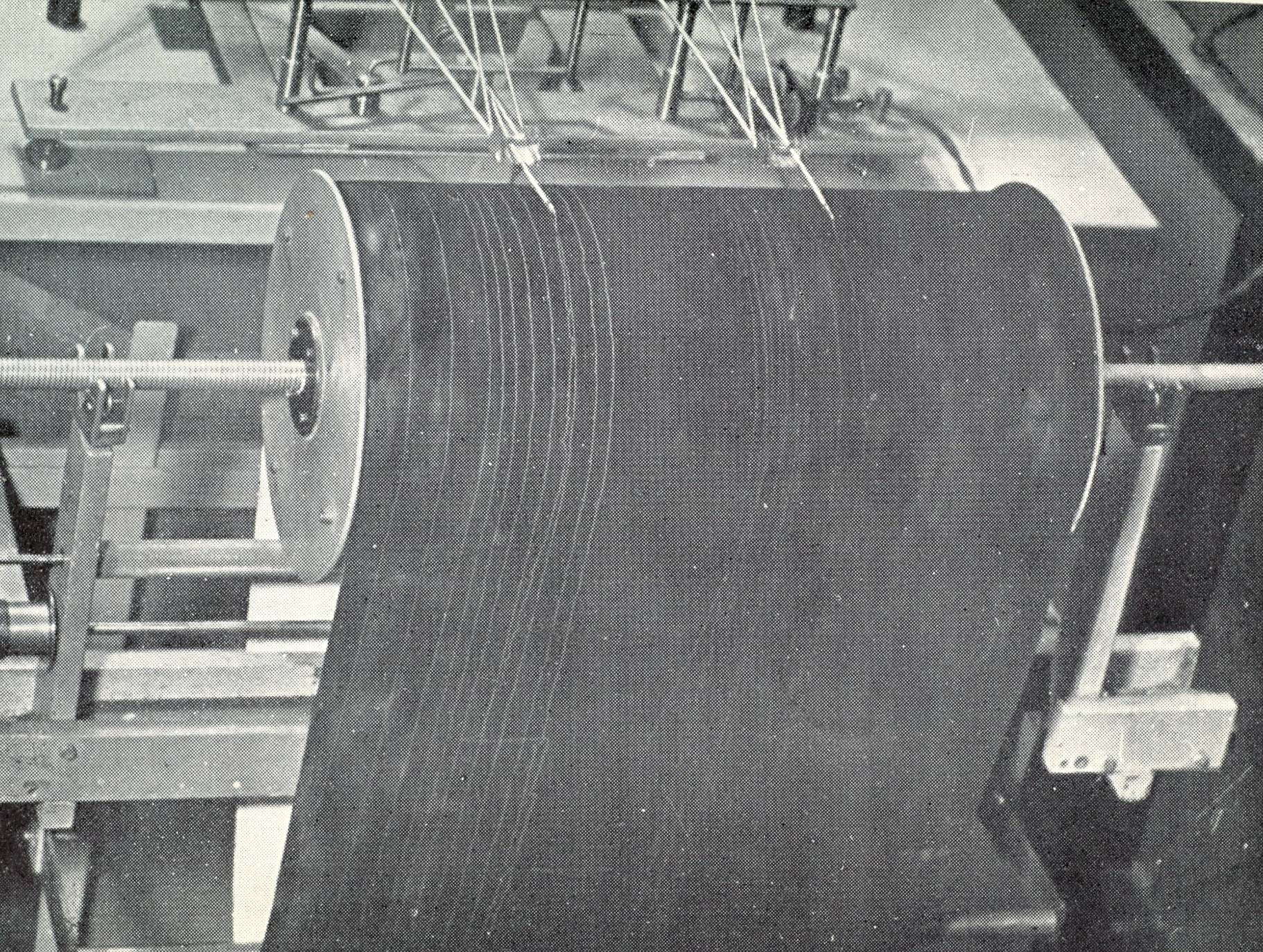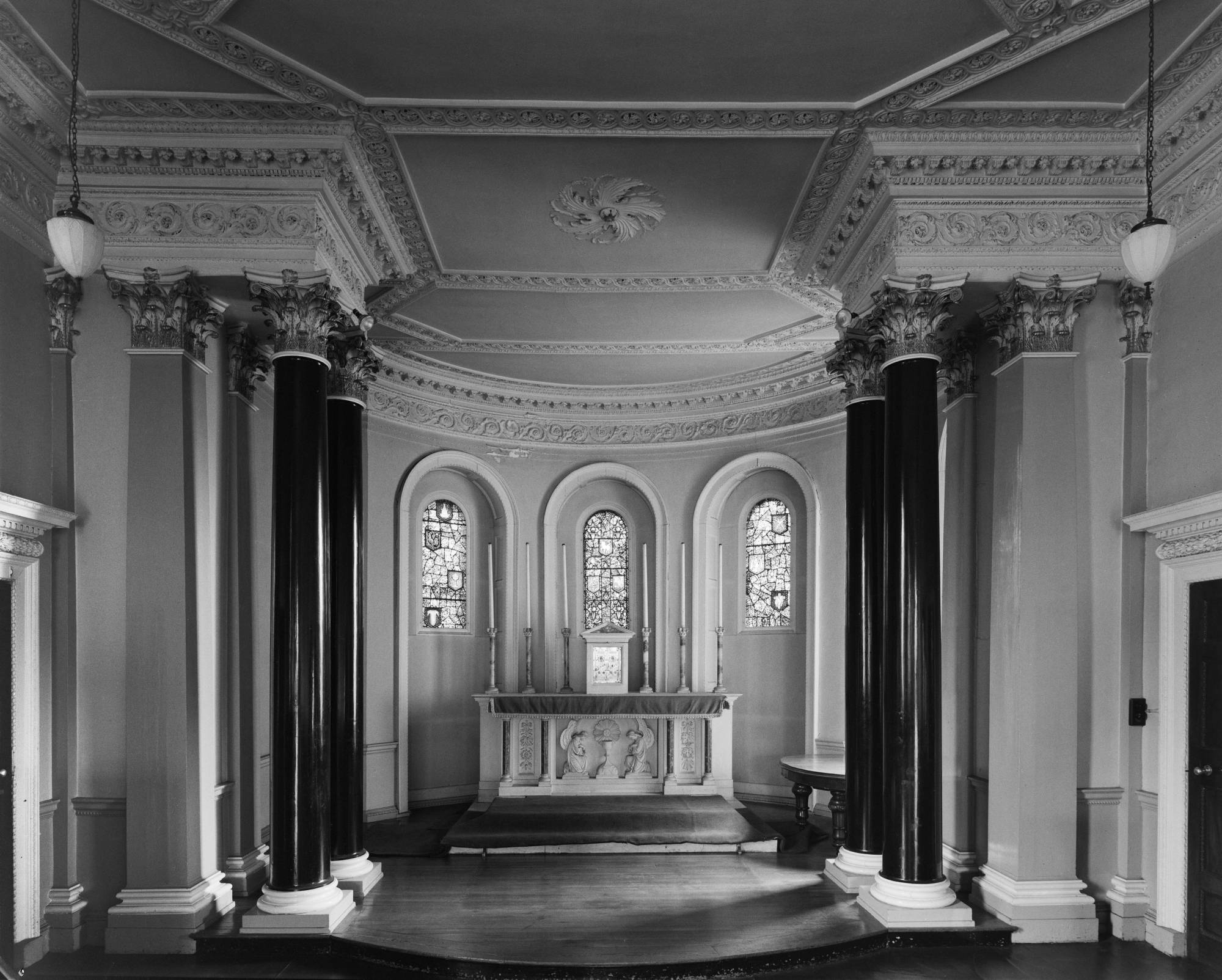The twentieth century saw great changes to the castle.
Sold by the Blackburnes in 1913, part of the estate was purchased by the Society of Jesus who, while maintaining the structure and main rooms of the castle in good condition, added two large wings during the 1920s to accommodate a hall of residence for the seminary and a retreat house and chapel. John Sullivan, a candidate for canonization, was Rector from 1919-24. In 1913, the Jesuits were responsible for giving acclaimed Irish artist Patrick Tuohy (1894-1930) his first commission – to produce ten ceiling paintings of the life of Christ in the castle.
In the early 1980s, the Society decided to sell the castle as they no longer needed it as a seminary. Their decision caused great concern for local residents who feared that it might be demolished. These fears were allayed when the castle was declared a National Monument in 1986 and purchased for the nation by the Office of Public Works in 1987. At the same time, Dublin County Council acquired the grounds.
In 1908 Fr William O’Leary built a seismograph
This was an instrument that measured earth tremors; he built it in in Mungret College, Limerick. In 1916 he built one in Rathfarnham, where it stayed in operation until 1961. The seismograph could detect the shaking earth from anywhere in the world, leading Rathfarnham to become the international centre for seismography for a short time.
It was not kept in the castle itself, but in a small building in the grounds. This building was the Steward’s House in the time of the Loftus family, and is today used as the headquarters of the Tree Council of Ireland. The original seismograms recorded by this device are now in the possession of the Dublin Institute for Advanced Studies, where research is being carried out on them.
With thanks to the Irish Jesuit Archives.
Did you know...
… that one of the Jesuits living at Rathfarnham Castle, Fr Frank Browne, famously took a trip on the Titanic and escaped with his life when a telegram from his superior told him to get off the ship in Cork? On the first leg of the journey from Southampton, he had taken many photographs of the ship and its passengers, and these were to become some of the only records of that fateful voyage.
